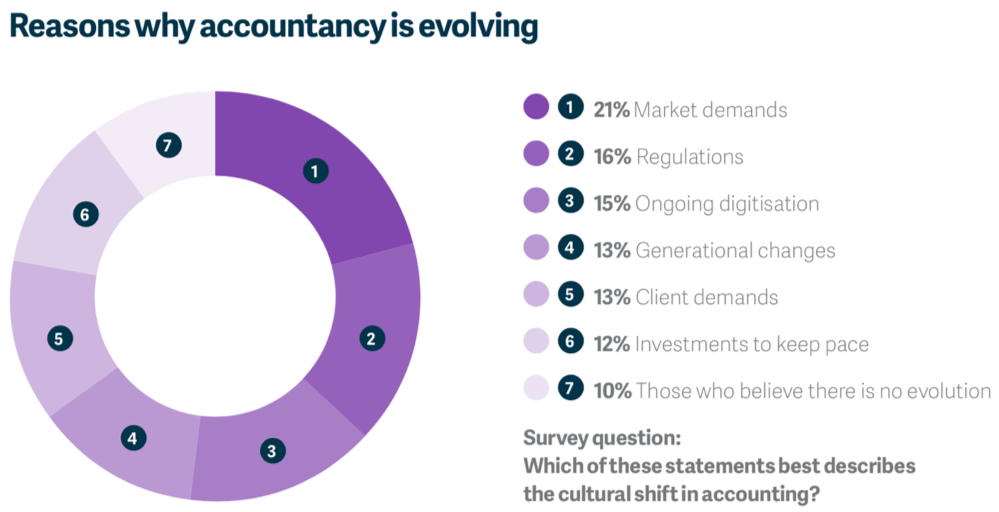
Six Ways To Keep Your Business Moving During The COVID-19 Lockdown
Article credit: Sage
At a time when many small businesses in South Africa are already struggling as a result of the recession, the global COVID-19 crisis is a bolt out of the blue. It is an event that has caught even the best-prepared businesses by surprise, and it is a genuine existential threat for many of the small businesses we deal with in our daily lives.
While we await news about the government’s plans to help businesses through this difficult time, business owners are scrambling to ensure that their companies survive the next few months. It is going to be hard, but as the lifeblood of the South African economy, we need our small businesses to weather the storm so that we can rebuild the economy when the worst has passed.
Here are some ways small and medium businesses can cope with the coronavirus and keep operations running:
1. Approaching suppliers and creditors
If you are running a consumer-facing business like a restaurant or retailer, you may run into a cash crunch in the next few weeks. Business owners who have lived through difficult times know it’s wise to speak to suppliers, landlords, banks and other creditors before they need to default on an expected payment. Your business partners need you to remain in business once this crisis is over and many of them may be willing to help you restructure your payment terms.
2. Focusing on what they can control
It’s understandable that business owners are panicking about the impact of COVID-19 on their businesses. But seasoned entrepreneurs know that the key to survival is to focus on what they can control rather than worrying about what they can’t. For example, you can manage some of your input costs by buying stock in bulk for your shop or switching to a cheaper supplier. Or you can do some tactical marketing to let people know you’re still delivering goods from your store even when you can’t keep your shop’s doors open.
3. Selling vouchers and giving rain checks
Given that most businesses are facing the prospect of complete or partial shutdown for a while, many are looking for ways to bring in some cash in the short-term. If you’re running a retail store or restaurant, you can sell vouchers to bring in some revenue. Or a guesthouse can offer a discounted stay to a guest who needs to postpone their trip. In some cases, it might help to offer a discount, gift or another sweetener to convince people to invest in your future.
4. Caring for employees
If you’re running a small business with a close-knit team, you are facing some heart-breaking choices and conversations in the next few months. Now is the time to be as kind and generous to employees as your cash flow allows. This is especially true when you have employees living in tough conditions in informal settlements or townships who live from one wage payment to the next. For example, if you did not offer paid leave to casual employees in the past, consider doing this now. It’s better for someone who may have COVID-19 to stay home than to come to work and pass the virus on. Also, in a country with 30% unemployment, we need to preserve jobs as best as we can for the sake of social stability.
5. Getting through it together
Small businesses will stand a better chance of surviving if they stand together and do right by one another. In much the same way as you’ll be asking your corporate customers to pay quickly, prioritise paying your small suppliers and service providers. Meet up with small businesses – virtually, of course – to share experiences and best practices. This is an unprecedented situation in our lifetimes, and sharing knowledge and resources gives us all a better chance of emerging intact on the other side.
6. Coordinated response
Ensuring the economic survival of small- and medium-sized businesses in South Africa should be a priority over the next six months. Not only are they job creators, but they are the beating heart of our communities.
With commerce and industry drying up, everyone from government to unions, big business to consumers will have a part to play in keeping small businesses alive. Now is the time to support your local small businesses as best you can, to work with employees to keep them healthy and productive, and to navigate this crisis carefully and deliberately.
Kiteview Technologies (Pty) Ltd was founded in May 2010 to provide the Sage Evolution Business Management solution to the SME market. The management team of Kiteview have combined +30 years of experience in the delivery of small to mid-market Financial & Business Management solutions. This experience, combined with a sound project implementation methodology has helped in Kiteview’s growth, becoming a Platinum status partner for SAGE Pastel within just 1 year.
Contact Us
For An Obligation Free Quote















